Are you wedded to your pull buoy? Do you find progressing in swimming impossible? Maybe it’s time to change your tune.
By: Mark Livesey, Xhale Co-Founder, Swim Coach, Triathlon Coach, The Brick Session Podcast
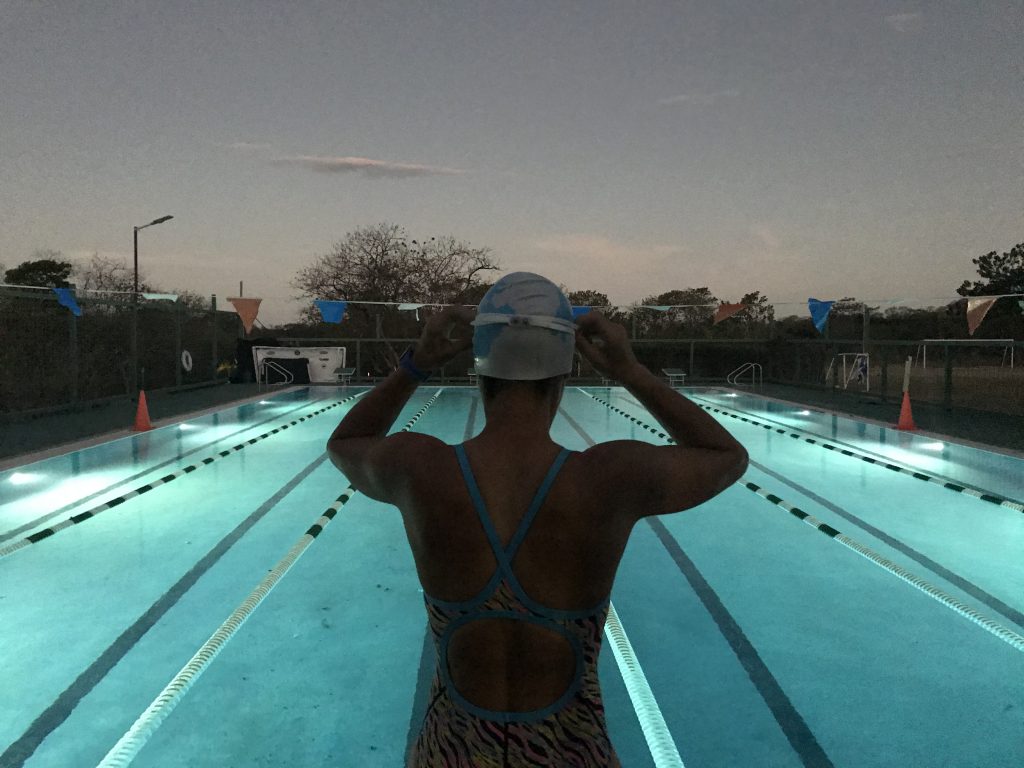
Triathlete Myths
Unless you come from a swimming background the chances are that swimming is the most frustrating part of triathlon progression for you. Unlike biking and running, meaningful progress in swimming can be hard to unlock. Triathletes as a group don’t tend to train like swimmers, and this can often stop triathletes from improving.
There are some triathlete swimming myths that could be holding you back, and I want to explain why.
“I’m a triathlete not a swimmer”
Well… that might be true. But triathlon is made up of three sports. And you don’t hear triathletes say “I am a triathlete not a runner”, nor avoiding running clubs and running races. In fact, some triathletes pride themselves on being great runners (or cyclists) too in their own right. If you want to be the best triathlete you can be, then your mindset towards swimming is the first thing to change. Join a local swim club and start to think of yourself as a swimmer. Embrace the process of becoming a better swimmer, learn from those who make it their sport, and emulate the way they train and think. Don’t shy away from the sport, and don’t buy into the theory that if you didn’t swim as a child you can never learn to swim well. You might not be Olympic swimming material – but anyone can learn to swim well.
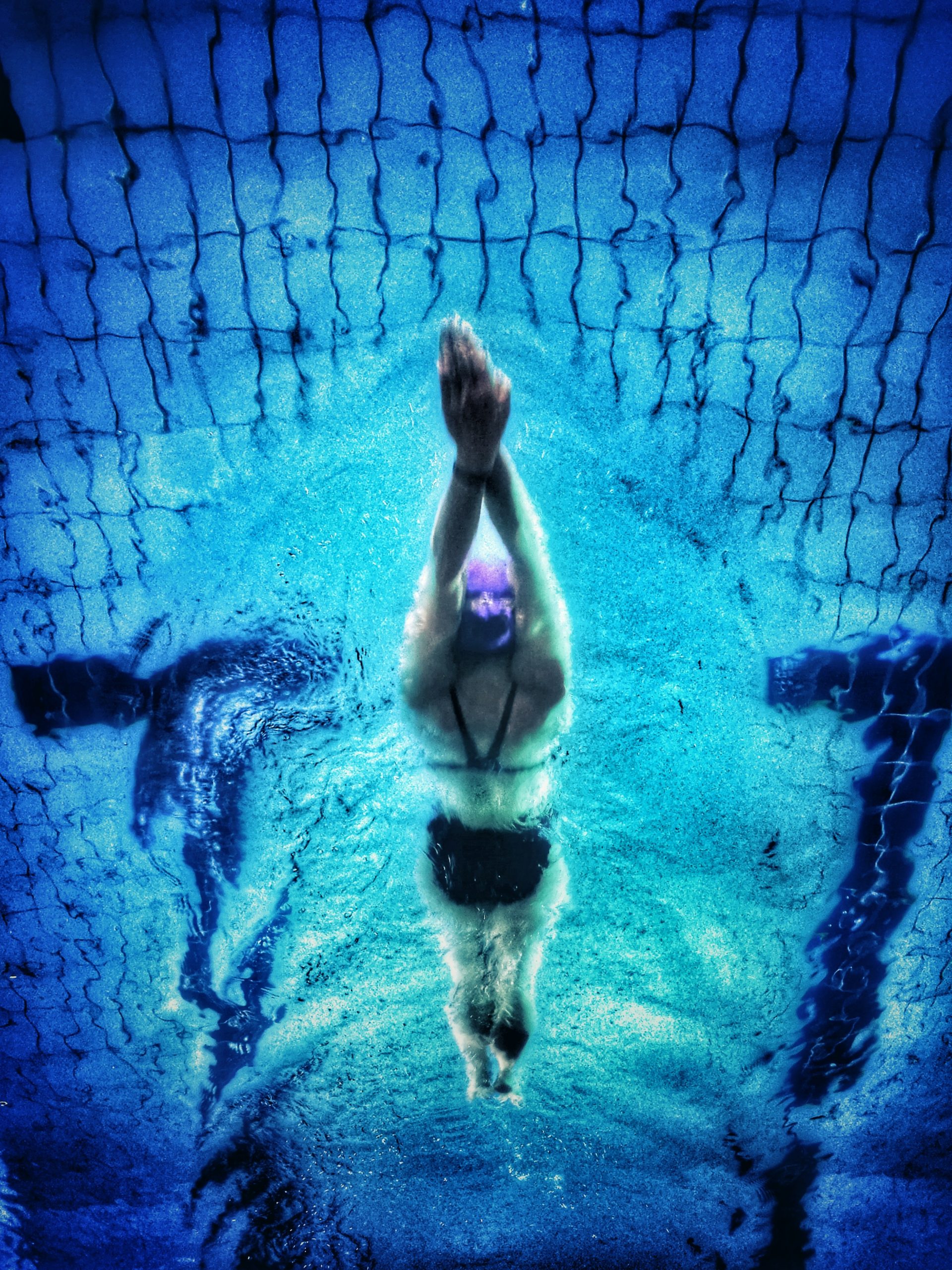
“I only need to do front crawl”
While front crawl will likely be the stroke of choice for your races, in training it is important to spend time learning and practicing the other three stokes as well (yes, including butterfly). Time spent working on the other strokes will teach you about balance in the water and how to generate power through movement. Couple this with working on understanding the front crawl stroke and you will progress much more quickly, developing a natural feel for the water.
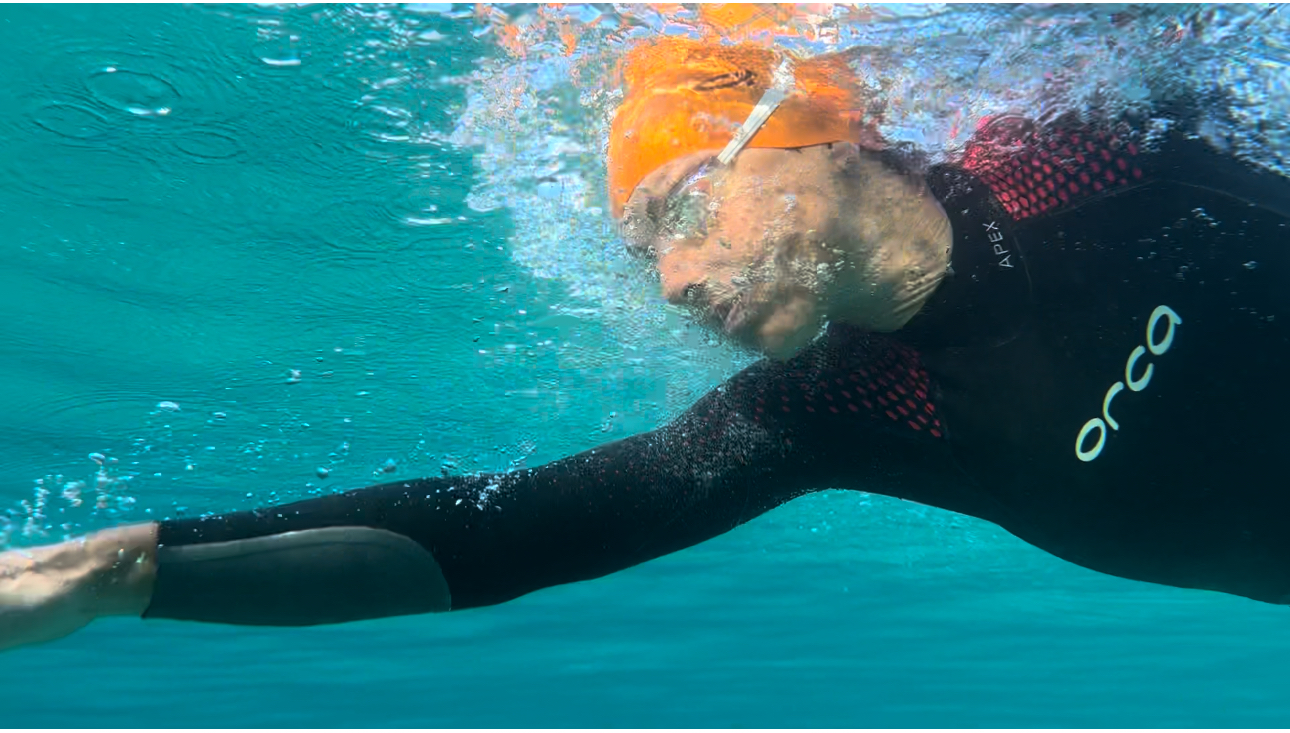
“What’s the point in practicing kicking? I don’t need to kick in my swim, I don’t want tired legs for getting on the bike.”
Every force in the body has an equal and opposite force, and in the water we don’t have the benefit of gravity to work against. Each time you move your upper body in the water you generate movement in all the other parts of your body too. This is why you see people who are learning to swim becoming unbalanced in the water, having hips that sink or perhaps their core twists to compensate for arm movement. The front crawl kick adds minimal propulsion in longer endurance swims, but it has a much more important purpose: balance. Without training the full stroke, including the kick, swimmers struggle to balance and be efficient in the water. Instead the legs sink or kick wildly out of line, and become a drag force. Learning how to have minimal resistance through the water from the legs, while balancing the stroke and providing some propulsion is key.
There will also be times when a strong kick will come in very useful in your races. In rough conditions in open water, especially sea swims with big swell, the legs play much more of a role than in calm conditions. When conditions unbalance the stroke, throwing you up and down or meaning you have to lift your head more to breathe, you need to have a firm kick to keep your body aligned and efficient. Practicing in open water can also really help you to understand this.
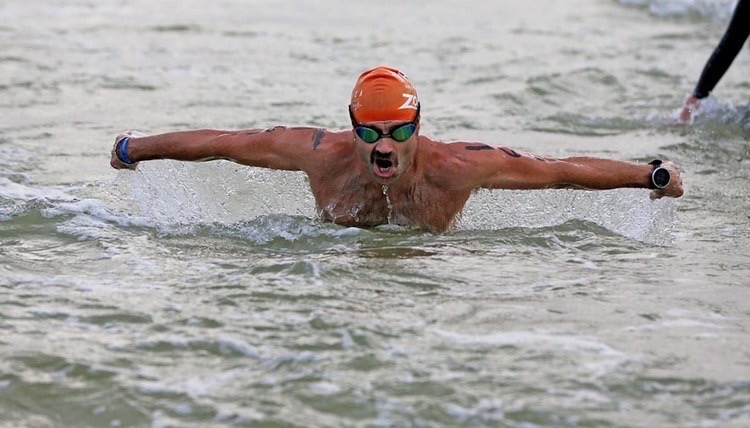
“I don’t need to learn tumble (flip) turns, you don’t need them in a triathlon”
Train like a swimmer. It really is that simple in this case. Learning how to tumble turn will take you a few half hour practices, perhaps one month practice in total to be efficient. Then you can join swim sessions with real swim clubs, swim faster and more efficiently in your sessions, and learn how to streamline correctly underwater. Again, all skills which teach you the water craft which will make you a better swimmer over time. It is time well worth investing no matter your age.
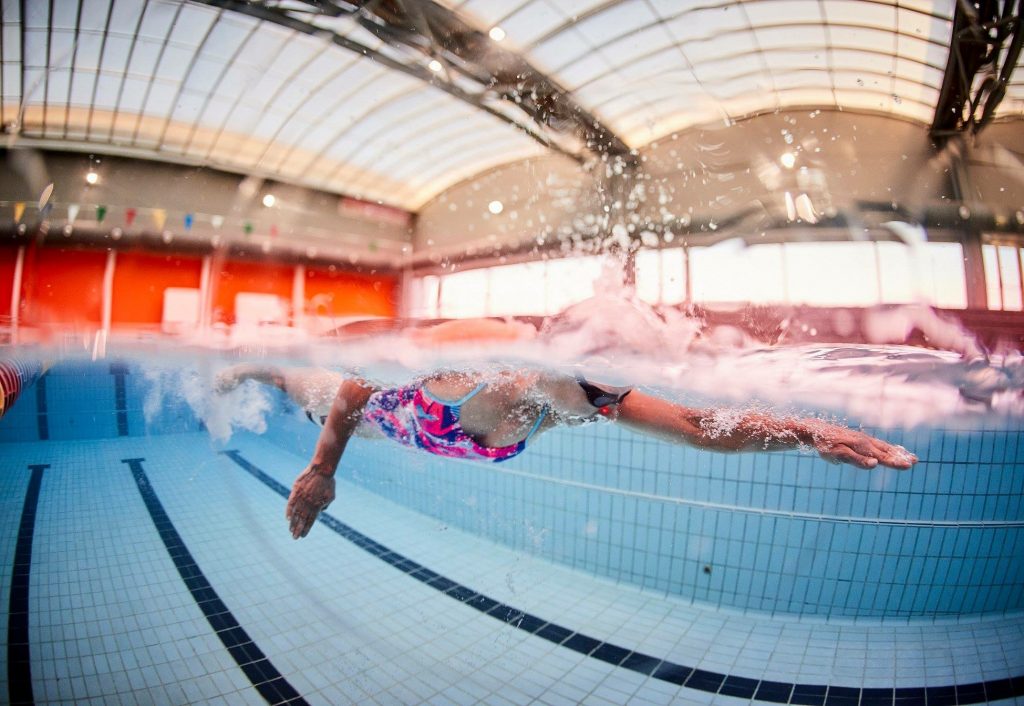
“I can do nearly all my swimming with a pull buoy because it mimics wetsuit swimming”
This is perhaps the most prevalent myth. The biggest mistake I see triathletes make when swim training is to do 90% (sometimes all) of the session with a pull buoy. It has even become a “trend” for triathletes to find the biggest pull buoy possible. Busting this myth is tough, because it’s likely you do not want to hear the truth. But learning how to swim fast with a pull buoy will not make you a fast swimmer. A pull buoy encourages you to disengage the legs, switching off the core and deactivating the rear chain. Without strength and control through your core, and a natural ability to feel the water though out your whole body and respond to the forces on it, you won’t be able to swim fast no matter the strength in your upper body.
Without strength and control through your core, and a natural ability to feel the water though out your whole body and respond to the forces on it, you won’t be able to swim fast no matter the strength in your upper body.
I also often hear that using a pull buoy gets your body into the right position. In open water, even in a wetsuit (which not all races are), your body position is impacted by many things. The conditions impact your body position in so many ways, and if you are not used to using your legs and core for balance then you will find swimming in these conditions exhausting (and slow). Your body position is also impacted by your wetsuit, by how good you are at lifting your head to sight, by the experience of swimming with lots of people around you, and even by the natural buoyancy of the water you are in. Your need knowledge and practice of the full stroke to be able to adapt and swim fast in any conditions.
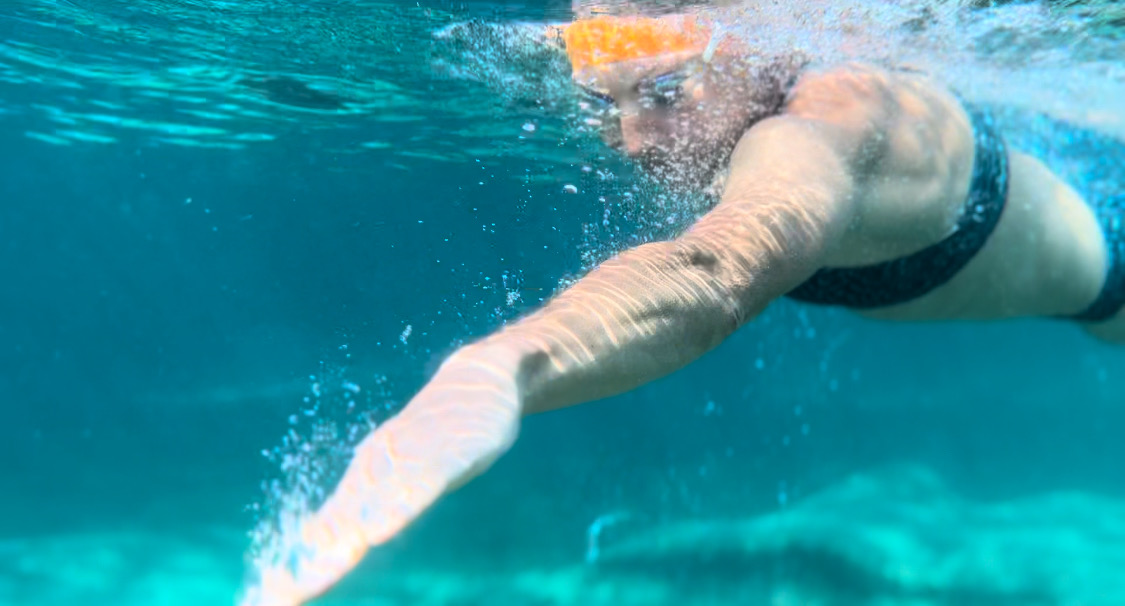
So these myths busted – the key take away is that investing in swimming like a swimmer is going to help you to become a better triathlete. Change your mindset and start to believe that you can swim faster. Then work on all the strokes and all the drills. Take away the pull buoy, and do more of your practice in focussed open water swim sessions.
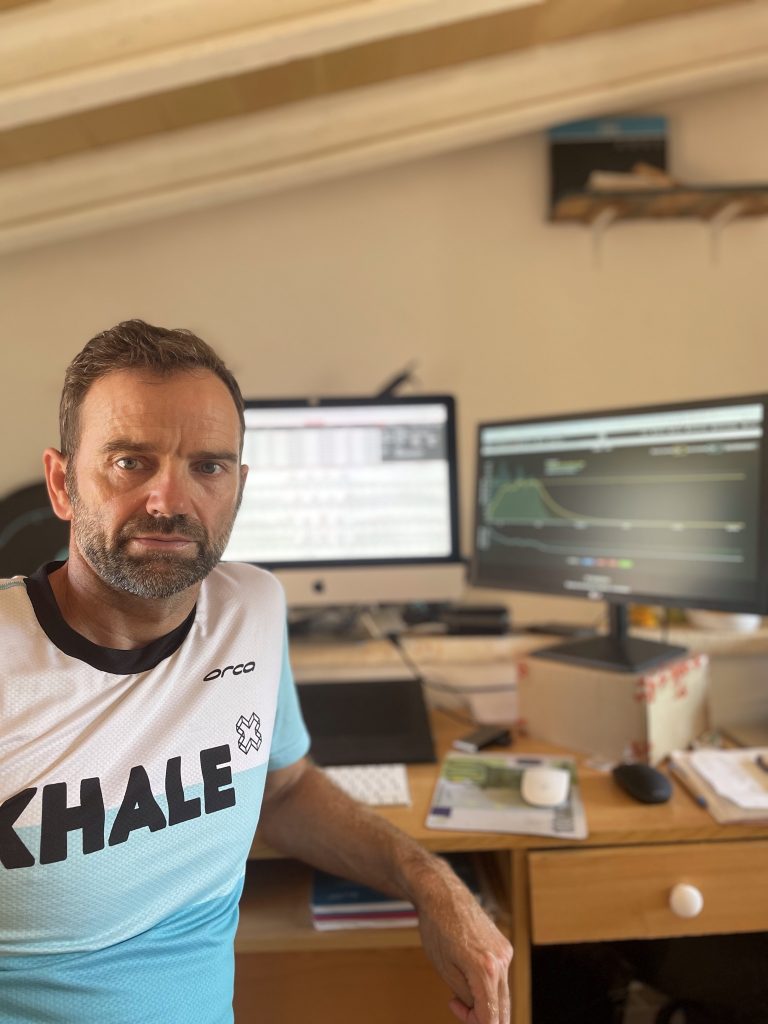
About the author
Mark Livesey is one of the founders of Xhale. Mark has been in the sport of triathlon for over 30 years, and has been coaching for much of that. He specialises in swim analysis, and has helped hundreds of triathletes to improve their swims without the aid of a pull buoy. He offers one-to-one swim clinics in Mallorca with video analysis, as well as online coaching for triathlon through Xhale.
When he is not coaching Mark is a documentary maker, filming and editing his own productions many of which are now on Amazon Prime. He loves to film extreme sports events almost as much as he likes to take part in them. Mark also hosts triathlon and endurance adventure podcast The Brick Session and is always on the lookout for new stories and honest discussions about all things sport.
You can get in touch with Mark if you are interested in a swim clinic, want him to come and film you doing something extreme, or have an idea for the podcast.
mark@trainxhale.com
Want your content featured?
If you would like to input to our Coaches’ Hub – or there is a topic you would like us to write about – why not send us your ideas? We are always looking for good content and it helps to promote your business.
Email: caroline@trainxhale.com
